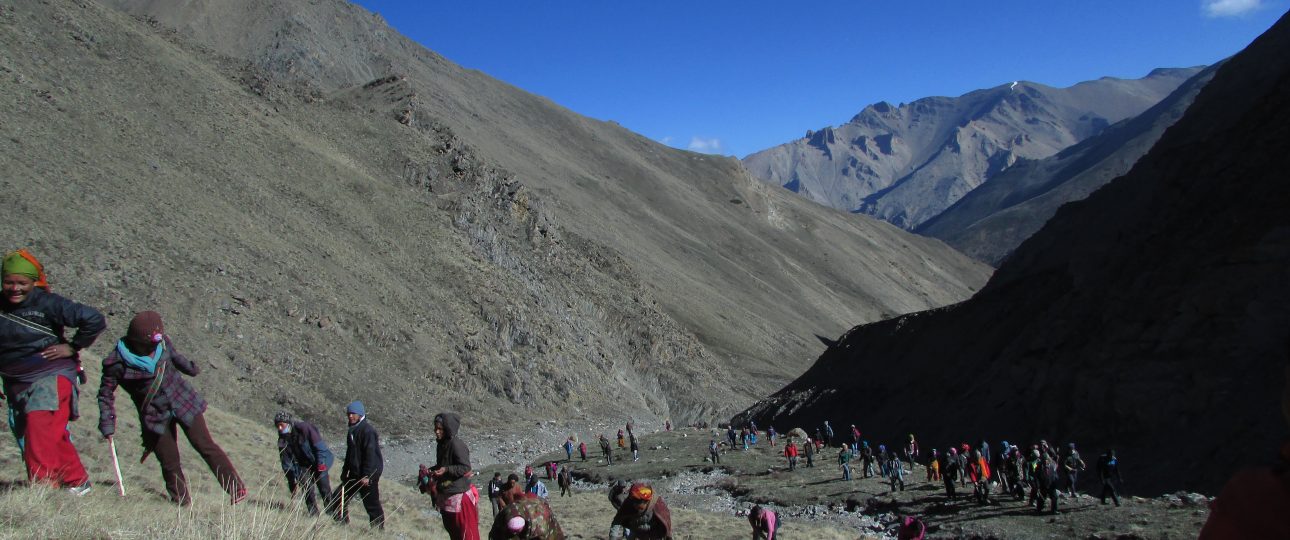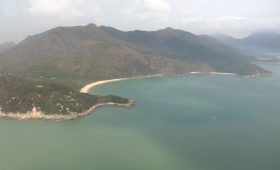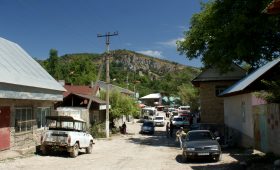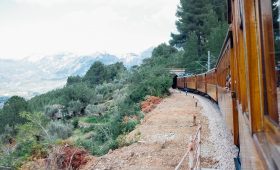Dolpa Region: An Adventure in Nepal
Getting to Dolpa
Reaching Dolpa is an adventure in itself. The most straightforward route is a flight from Kathmandu to Juphal Airport, the sole airport in the district. From Juphal, prepare for a trek through stunning landscapes, remote villages, and ancient monasteries. This journey is not just about the destination but the experience along the way.
Best Time to Visit
The ideal time to explore Dolpa is from May to September. During these months, the weather is mild, and the skies are clear, making it perfect for trekking. However, if you’re up for a challenge, visiting in winter offers a different perspective with snow-covered mountains, though it requires more preparation for the cold and potential travel disruptions.
Exploring Dolpa
Dolpa offers unique experiences that captivate the adventurous spirit. Here are some highlights:
1. Shey Phoksundo Lake
Shey Phoksundo Lake, at an altitude of 3,611 meters, is Nepal’s deepest lake. Its turquoise waters, surrounded by snow-capped peaks, are a visual feast. A walk along the lakeshore provides a serene escape into nature’s tranquility.
2. Phoksundo Waterfall
Close to the lake, the Phoksundo Waterfall is a spectacular sight, cascading from a height of 167 meters. The waterfall’s mist and the sound of rushing water create a mesmerizing natural display.
3. Ancient Monasteries
Dolpa is rich in cultural heritage, with several ancient monasteries. Shey Gompa, one of the oldest, offers intricate murals and sacred artifacts. Participating in a Buddhist ceremony here can be a deeply spiritual experience.
Local Transportation
Transportation within Dolpa is limited. Trekking is the primary mode of exploration, and hiring a local guide is advisable. They provide valuable insights and ensure safety on the rugged terrain. Be prepared for challenging hikes, as the region’s beauty comes with its physical demands.
Summary of Facts
- Dolpa is Nepal’s largest district, covering 5.36% of the country’s landmass.
- The district’s elevation ranges from 1,525 to 7,625 meters.
- Shey Phoksundo National Park, the largest trans-Himalayan park in Nepal, protects endangered species like the snow leopard and musk deer.
- Dolpa’s population was 36,700 as of the 2011 census, with a mix of ethnicities and languages.
- The region is predominantly Hindu, with a significant Buddhist minority.
- Agriculture is the primary occupation for most residents.




